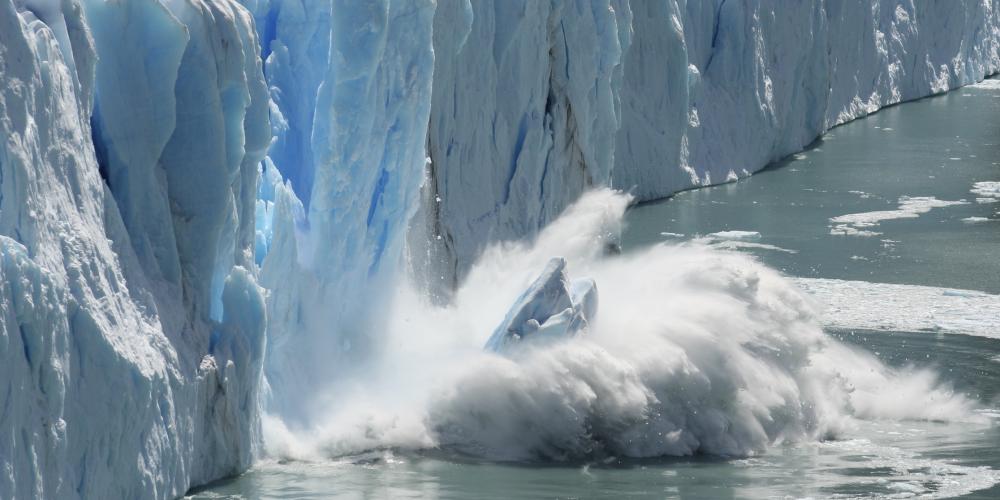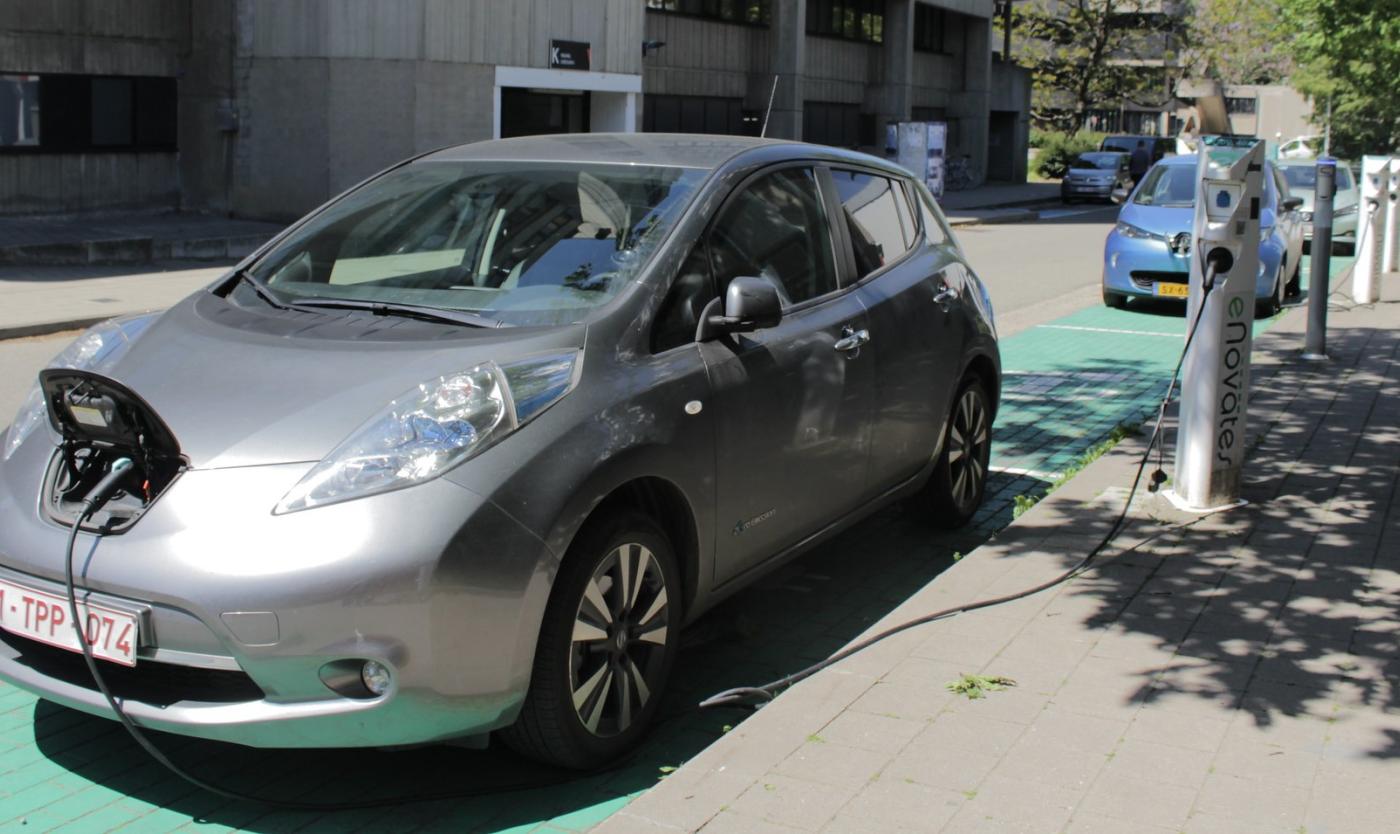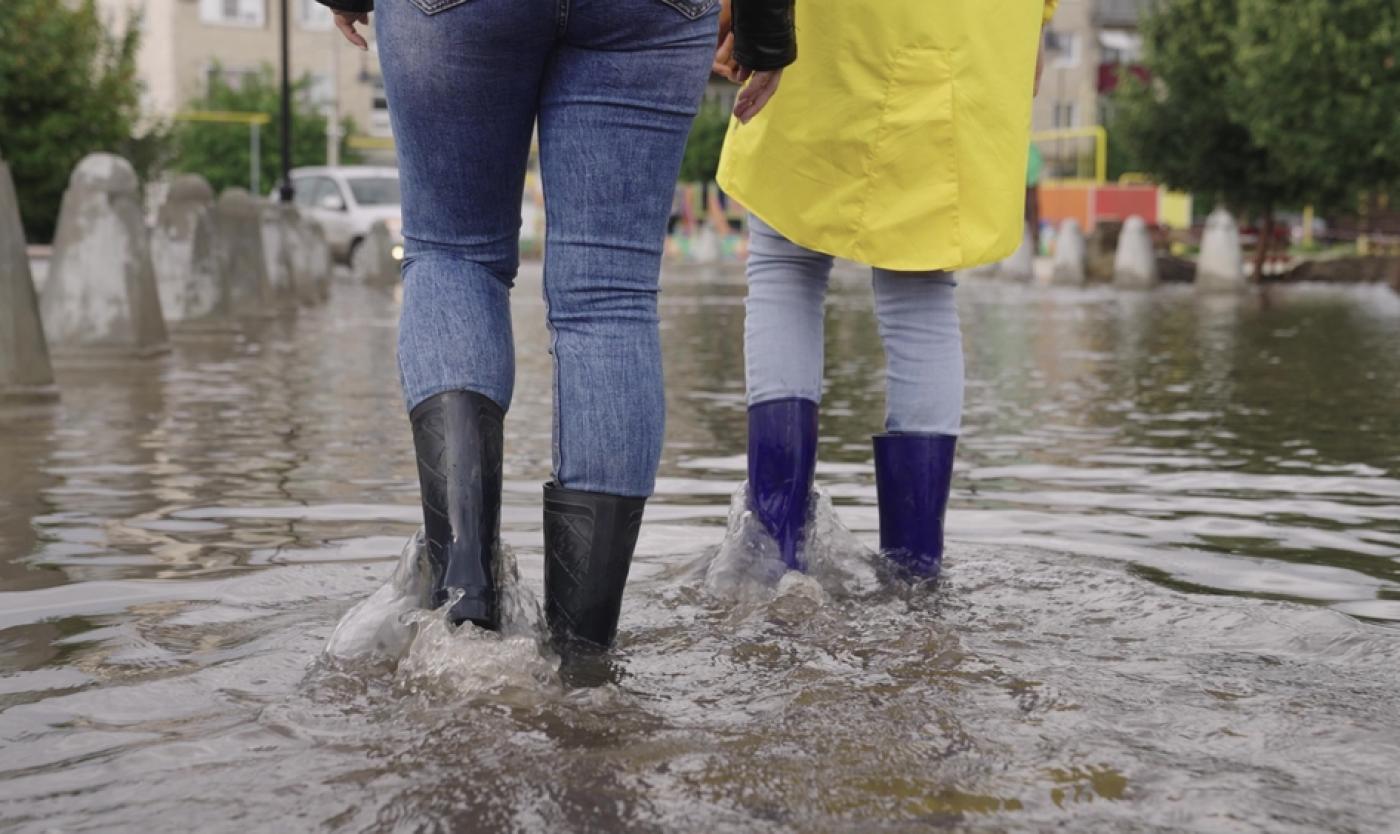
A VUB research project aims to map all the more than 200,000 glaciers in the world in a 3D model. With his project, financed with almost 1 million euros from the FWO, climate scientist and future VUB researcher Harry Zekollari will model not only glacier movement – their flow – but also their evolution in the context of climate change. Zekollari is currently working at ETH Zurich but will begin a VUB mandate in October in the framework of this project. His predictive models will outline the evolution of glaciers up to 2300 and the impact of this on rising sea levels.
This rise in sea levels is happening today at a speed of about 4 mm a year. Melting glaciers are responsible for about a quarter of this annual rise. Every millimetre rise takes an ice mass of 300 billion tons, the equivalent of 100 million Olympic swimming pools.
“If all the glaciers melted, the sea level would rise by 30 to 40 cm,” says Zekollari. “That’s relatively little compared to the impact of the possible melting of the ice sheet in Greenland, which would create a rise of 7 m, or the one in Antarctica that could cause a rise of more than 50 m. But they’re still very important: glaciers are much more climate sensitive than ice sheets. They react much more quickly to the heating of the climate and will be the first to melt. They’re also important for countries like Belgium, for whom they at first glance seem to be distant from. Port installations such as those in Zeebrugge and Antwerp, as well as our coastline, will certainly, in the relatively short term, bear the consequences of this rise. We need to do something about this now.”
2D models already exist for many glaciers, with the focus on their flow line. The geometry of glaciers is more complex, however. They are described based on their balance of mass and dynamics. “The balance of mass quantifies the growth or melting of the glacier,” Zekollari explains. “Every year, a glacier grows in the winter due to the accumulation of snow and melts in the summer due to the rising temperature. The balance is the difference between the two. The elements of precipitation and temperature, which define the balance of mass, are climate-dependent.”
The existing 2D models give a less good picture of glacier dynamics, the movement of the glacier, which can also be remarkable. “Some glaciers move several hundred metres a year,” says Zekollari. “This is where gravity comes into play. With our 3D models, we will be able to better simulate all these processes. Furthermore, we can also simulate what has happened in the past and what the situation is now and calibrate our models.”
While there are thousands of glaciers, the impact on the sea level is largely due to just 300-400 large glaciers. “These large glaciers cover the underlying landscape and are referred to as ice caps,” says Zekollari. “They are huge masses of ice that you can’t capture in a 2D model. These ice caps are typically found in Arctic regions in Alaska, Canada, Spitsbergen and the north of Russia.”
The future for glaciers doesn’t look too optimistic While it seems unlikely that they will have completely melted by 2100, Zekollari and his colleagues predict that in the coming 30 years, around half of the volume of the glaciers in the European Alps will have melted.
“In the second part of the 21st century, the decisions we make now will determine what happens next,” he says. “If we can adopt the best-case scenario and limit the planet’s average temperature rise to 1.5 to 2 degrees compared to pre-industrial levels, then it’s likely that a third of the glacier mass in the European Alps will survive. In the worst-case scenario, the glaciers in the Alps will lose up to 95% of their volume. That doesn’t mean we won’t be able to ski in the winter. There are relatively few ski resorts where you ski on a glacier. The most significant implications will be to do with water supply. And not only in the Alps, where relatively few people live in the valleys, but mainly in downstream areas of major river systems in heavily populated areas, such as the Indus and Ganges valleys in India, where hundreds of millions of people depend on summer meltwater. To start with, there will be too much water, as the glaciers will melt faster and therefore produce much more water. In a later phase, when the glaciers have almost disappeared, there will be an acute water shortage, primarily in warmer periods when water is most needed. In the Alps, we are already past that peak. In the Himalayas, not yet.”
Zekollari: “There too we have a lot of work to do. One of the new things is that with our project we’re also trying to look much further into the future than before. With prognoses up to 2300, we hope to inform policy in the longer term, so that in countries where meltwater is crucial to life, measures can be taken to ensure long-term supply.”

